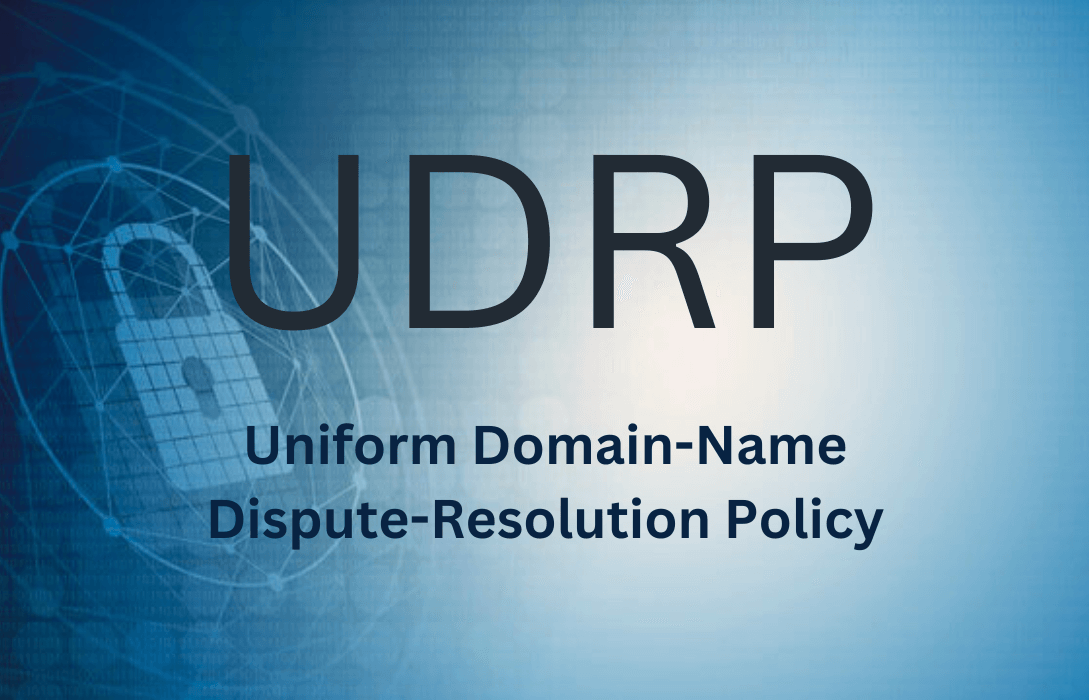While UDRP (Uniform Domain-Name Dispute-Resolution Policy) proceedings often focus on simple cybersquatting, proving “bad faith” in complex cases demands more. Specifically, it requires a deep dive into technical evidence and meticulous forensic DNS analysis. This is where UDRP DNS evidence truly shines. It provides the concrete proof needed to win.
Understanding these technical aspects makes a big difference. It can be the key to successfully recovering your valuable domain. Let’s see how forensic DNS analysis unveils a cybersquatter’s digital footprint.
The “Bad Faith” Threshold: More Than Just Intent
UDRP paragraph 4(b) outlines situations indicating bad faith. For instance, registering a domain just to sell it to the trademark owner at a high price is one example. Disrupting a competitor’s business is another. However, showing these circumstances needs more than simple claims. It fundamentally demands concrete, verifiable technical evidence. You must show the arbitrator how bad faith manifested technically.
Forensic DNS Analysis: Unveiling the Technical Footprint with UDRP DNS Evidence
This is where the real detective work begins. Forensic DNS analysis offers powerful tools. It helps dissect a domain’s history and reveal the true intent behind its registration and use. Here’s how different types of UDRP DNS evidence prove crucial:
Historical DNS Records: A Timeline of Intent
Analyzing historical DNS records, like A, AAAA, CNAME, MX, and NS records, can reveal a registrant’s hidden intent. Changes in these DNS configurations over time may indicate attempts to hide identity. They might also show efforts to manipulate internet traffic. For example, sudden shifts in name servers or IP addresses could suggest attempts to evade detection. Tools providing historical DNS data are therefore invaluable here.
WHOIS Data Analysis: Beyond the Surface
Current WHOIS data has limitations due to privacy rules like GDPR. Nevertheless, historical WHOIS records (when available) often provide insights into past activities. By analyzing patterns in registration data—such as registration timing, privacy service use, or repeated similar registrant details—you can build a strong case. This analysis helps connect seemingly unrelated registrations to a single bad-faith actor.
Web Server Fingerprinting: Decoding Impersonation Tactics
Analyzing a web server’s configuration and software can reveal much. It shows the registrant’s technical abilities and intent. For example, specific scripts, custom configurations, or even the type of web server software might strongly suggest an attempt to impersonate the trademark owner’s website. This technical “fingerprint” offers concrete evidence of deceptive practices.
Traffic Analysis: Unmasking Deceptive Practices
Monitoring and analyzing traffic patterns to the disputed domain can reveal its actual use. Sudden, unexplained traffic spikes or unusual traffic sources (e.g., from questionable ad networks) might indicate attempts to generate revenue. This could be through pay-per-click advertising or other deceptive practices that exploit the trademark. Such direct use evidence is potent in UDRP proceedings.
DNSSEC Records: A Layer of Technical Complexity
If the disputed domain uses DNSSEC (Domain Name System Security Extensions), examining cryptographic signatures and key management offers additional UDRP DNS evidence. It might show if the registrant took advanced steps to secure the domain. This could make it exceptionally difficult for the true owner to recover. Such efforts further point to a deliberate attempt to retain control in bad faith.
Challenges and Considerations in Using Technical Evidence
While powerful, leveraging UDRP DNS evidence does come with its own set of challenges that legal teams need to navigate carefully:
- Privacy Regulations: The increasing widespread use of privacy services in domain registration (like anonymized WHOIS data) makes it significantly more challenging to obtain accurate, current WHOIS data. However, historical records can sometimes bypass this.
- Dynamic DNS: The clever use of dynamic DNS services by cybersquatters can make it frustratingly difficult to consistently track the registrant’s precise IP address and geographical location over time.
- Technical Expertise: Crucially, presenting and accurately interpreting complex technical evidence like DNS records or server configurations requires highly specialized knowledge and expertise. It’s often best handled by experts in digital forensics or IT security who can translate technical jargon into understandable legal arguments.
For a deeper dive into general domain name governance and policies, you might find resources from ICANN (Internet Corporation for Assigned Names and Numbers) useful.
Why This Matters: Protecting Your Intellectual Property
By truly understanding the technical aspects of UDRP proceedings and mastering the art of forensic DNS analysis, trademark owners and their legal representatives can develop far more effective and robust strategies for proving bad faith registration and use. This technical, data-driven approach moves beyond the simple “looks like my brand” arguments, allowing for a deeper, undeniable level of evidence.
In an age of increasingly sophisticated cybersquatting tactics, mastering the collection and presentation of UDRP DNS evidence is not just an advantage; it’s absolutely essential for thoroughly protecting valuable intellectual property in the digital realm. This proactive technical stance ensures your brand remains secure online.
Last modified: July 23, 2025








